
Volatile communication in plants relies on a KAI2-mediated signaling pathway
Plant Science Research WeeklyWhile it is recognized that plant communication, both within and between plants, can be achieved through emission and perception of volatile organic compounds (VOCs), it is unclear exactly how these signals are perceived and transmitted. Stirling et al. tease apart the components of within-plant VOC…

Review: Evolution of ROS targets for plant development
Plant Science Research WeeklyReactive oxygen species (ROS) are agents of damage but also potent signals. Here, Singh et al. review the cellular targets that support ROS signaling across the green kingdom. Many of the signaling roles for ROS have been uncovered in Arabidopsis and other angiosperms, so it is interesting to look at…
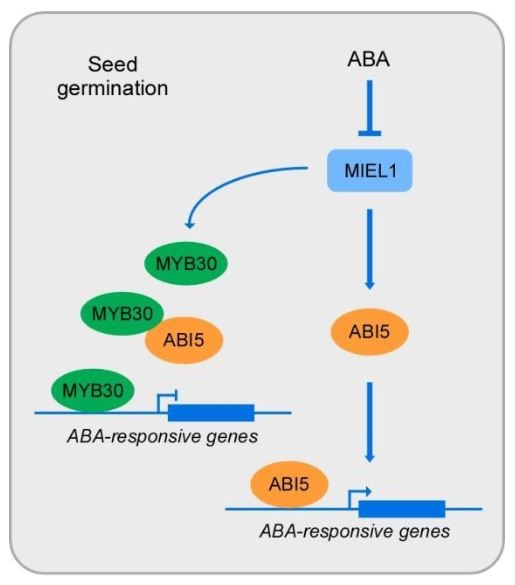
The MIEL1-ABI5/MYB30 regulatory module fine tunes abscisic acid signaling during seed germination (JIPB)
Plant Science Research WeeklyAbscisic acid (ABA) is a phytohormone that plays a crucial role in the inhibition of seed germination, and the transcription factor ABI5 is the final and common downstream factor that represses germination. Many proteins are known to inhibit ABI5, such as the mediator complex subunit MED25 or other transcription…
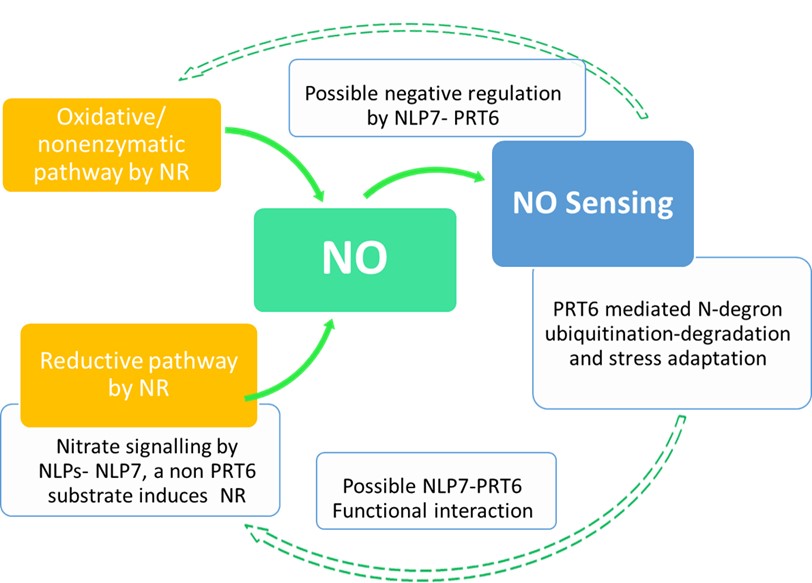
Functional interaction of nitrate signaling regulator NLP7 and N-degron “recognin” PRT6 enhances abiotic stress tolerance (Plant Physiol.)
Plant Science Research WeeklyIn addition to the vast array of metabolic and signaling roles, nitric oxide (NO) is prominently involved in low oxygen sensing in seeds and waterlogged plants. In Arabidopsis, the cytosolic nitrate reductase (NR) isoforms NIA1/NIA2 catalyze the reductive pathway of NO generation. NO sensing in plants…
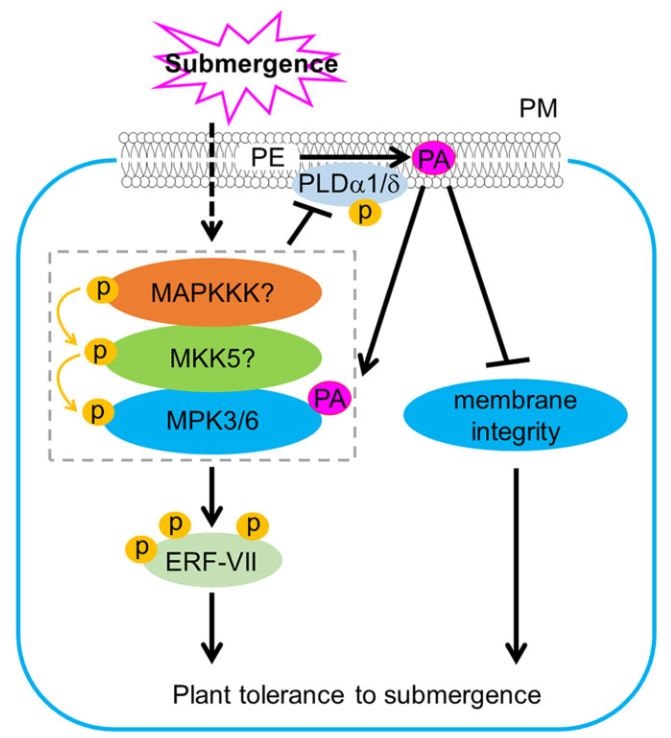
Phosphatidic acid modulates MPK3- and MPK6- mediated hypoxia signaling in Arabidopsis (Plant Cell)
Plant Science Research WeeklyPlants experience changes in gene expression and cellular metabolism to improve their survival to abiotic stresses, such as hypoxia. It has been observed that environmental signals induce phospholipase D (PLD) which generates phosphatidic acid (PA) by cleaving membrane phospholipids. Indeed, submergence…

Stretched by Stress: PIEZO1 is a mechanosensitive ion channel in Arabidopsis (PNAS)
Plant Science Research WeeklyPlants are constantly susceptible to mechanical stress and they have evolved intracellular signaling mechanisms to adapt to mechanical stimulation. Whilst it is known that ion channels activate signaling pathways in response to mechanical stress, only few of these mechanosensitive channels have been…
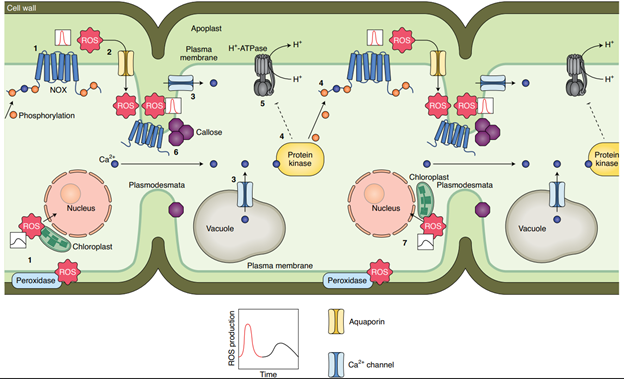
Review: Recent discoveries show novel sensors and regulation of reactive oxygen species (Nature Plants)
Plant Science Research WeeklyReactive Oxygen Species (ROS) are produced as metabolic byproducts and are vital participants in development and stress responses. However, ROS can be damaging, and are subcellularly localized to mitigate toxicity. Perception of pathogen attack leads to apoplastic ROS production through Respiratory Burst…
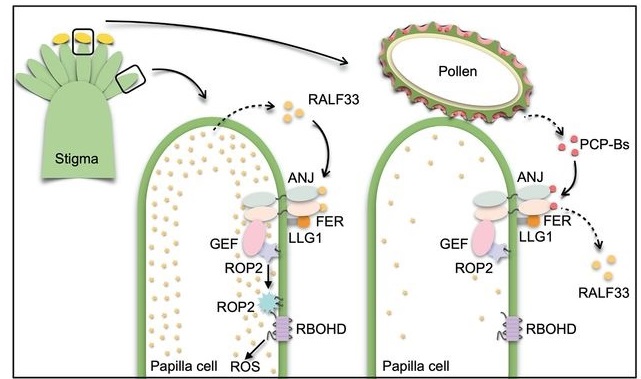
Pollen PCP-B peptides unlock a stigma peptide–receptor kinase gating mechanism for pollination (Science)
Plant Science Research WeeklyIt’s spring where I live and the air and my eyes are filled with pollen. The lucky few pollen grains that land on the stigmatic surface of a flower might germinate and deliver the sperm to the ovule, but there are many checkpoints even after their safe landing. Here, Liu et al. uncover one of the earliest…

KIN10 promotes stomatal development through stabilization of the SPEECHLESS transcription factor (Nat. Commun.)
Plant Science Research Weekly
Plants communicate with the environment through stomata (i.e., pores found on leaf surfaces) and regulate gas exchange depending on internal and external cues by optimizing stomata density. Still, how plants integrate metabolic and environmental signals remain to be determined. Here, Han and colleagues…

